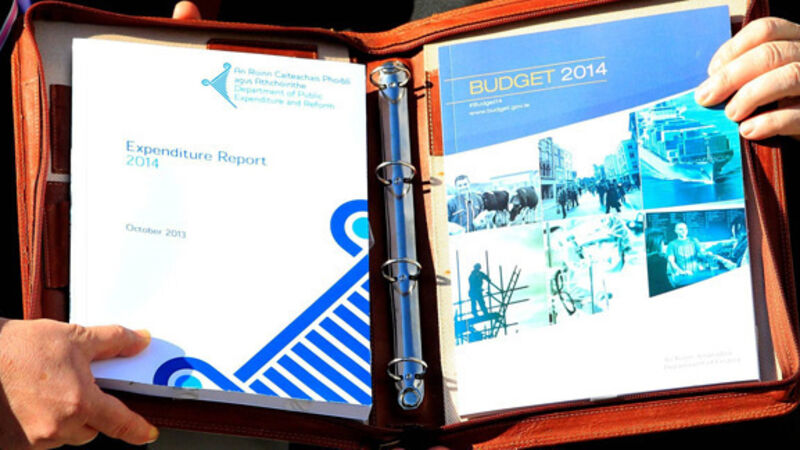It’s important not to bite the hand that feeds

This is particularly true and particularly important at the moment, given the continued, obvious fragility of the economy and the fact that €2.5bn was the adjustment delivered rather than the full €3.1bn, which was the choice favoured by many.
The Department of Finance has based its budgetary arithmetic on growth of 2% in GDP in 2014. For what it is worth, the ESRI is forecasting growth of 2.6%; the Central Bank 2%; and the OECD 1.9%. We have to accept that accurate economic forecasting is by its very nature imprecise at best and impossible at worst.
















